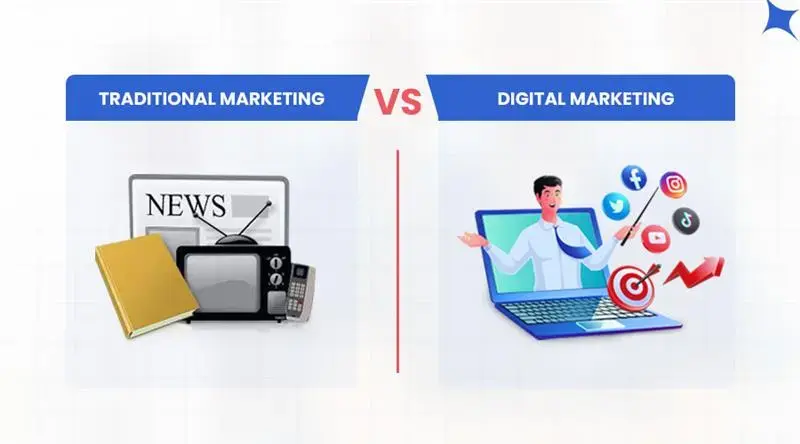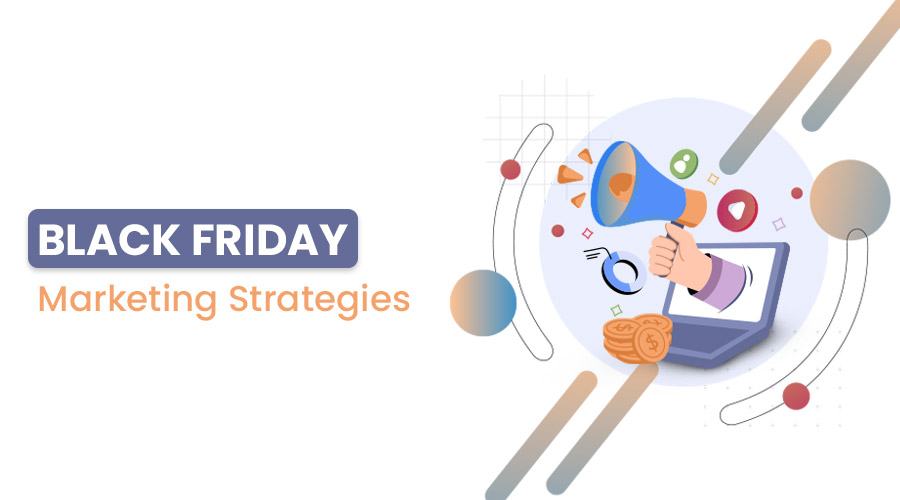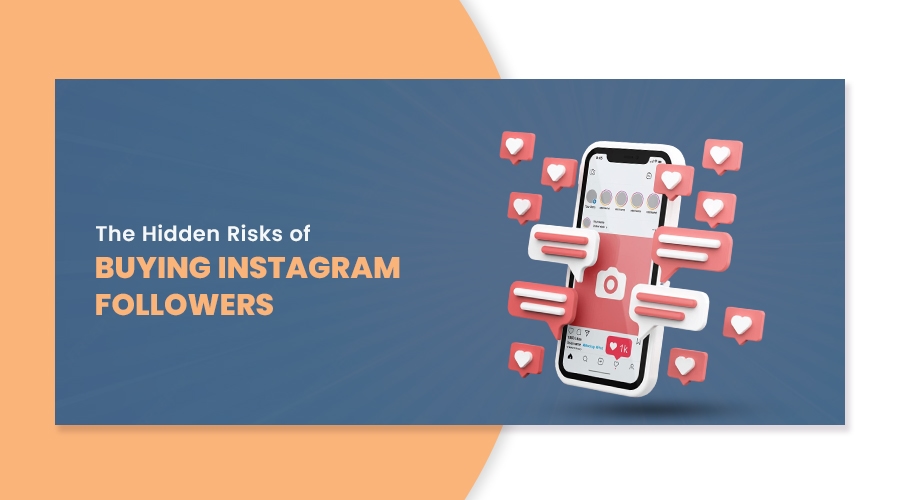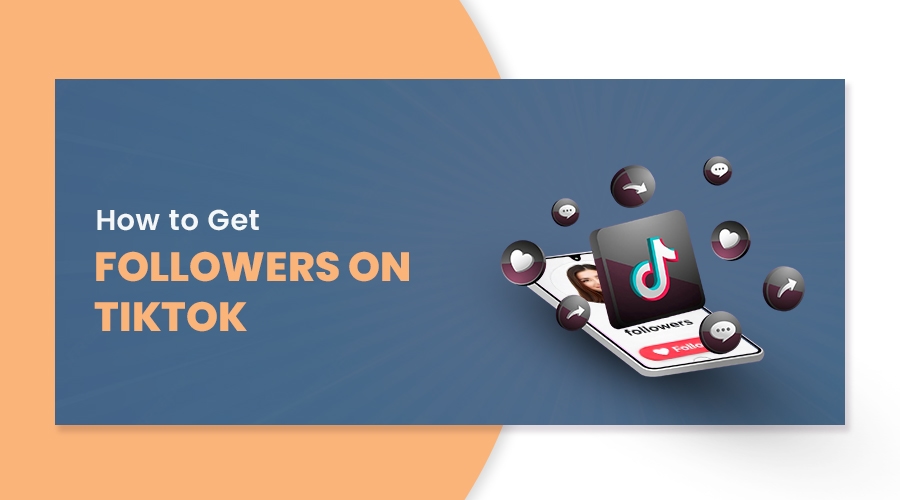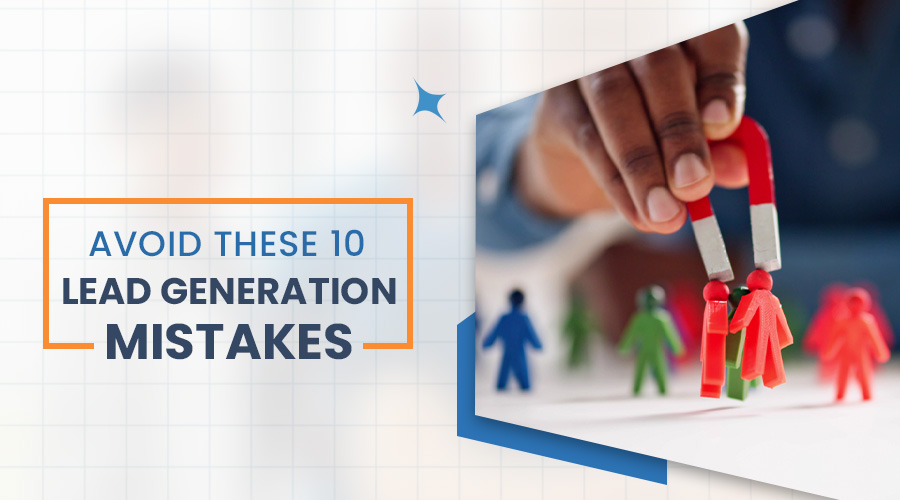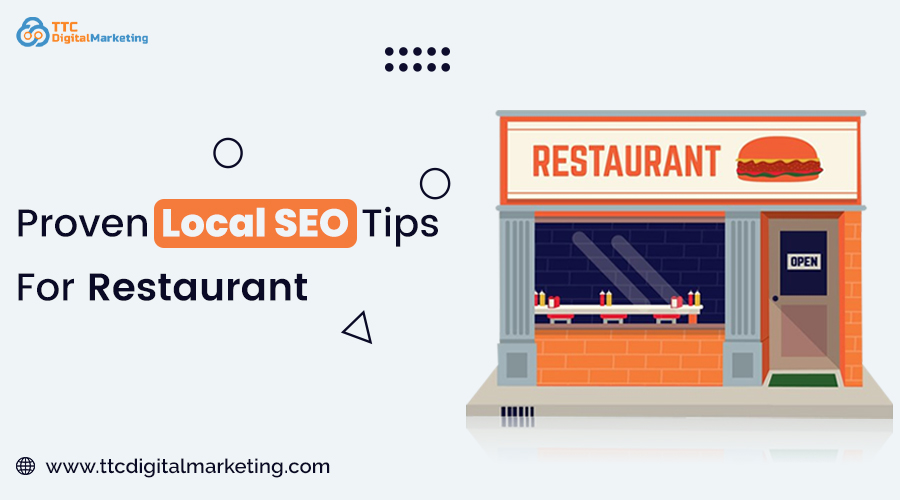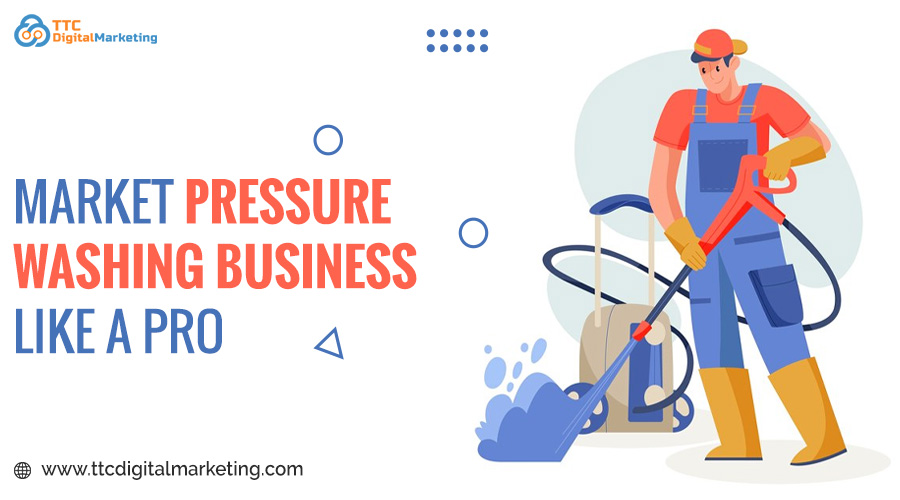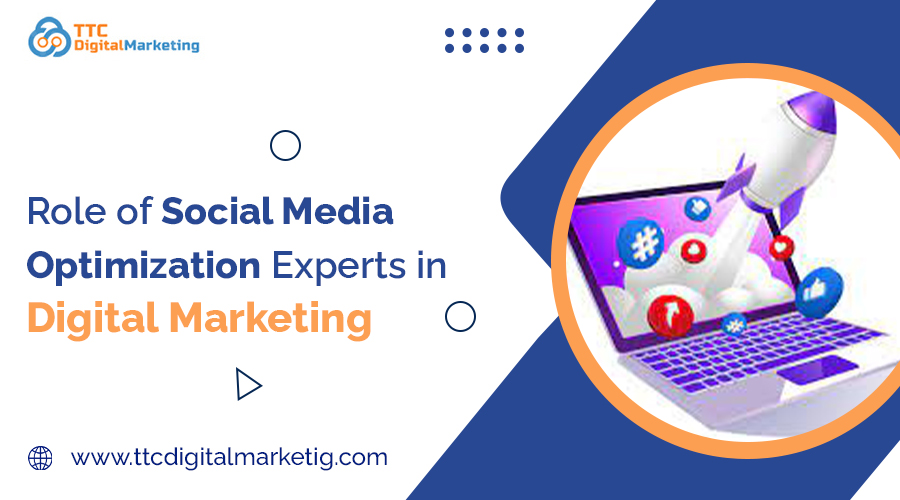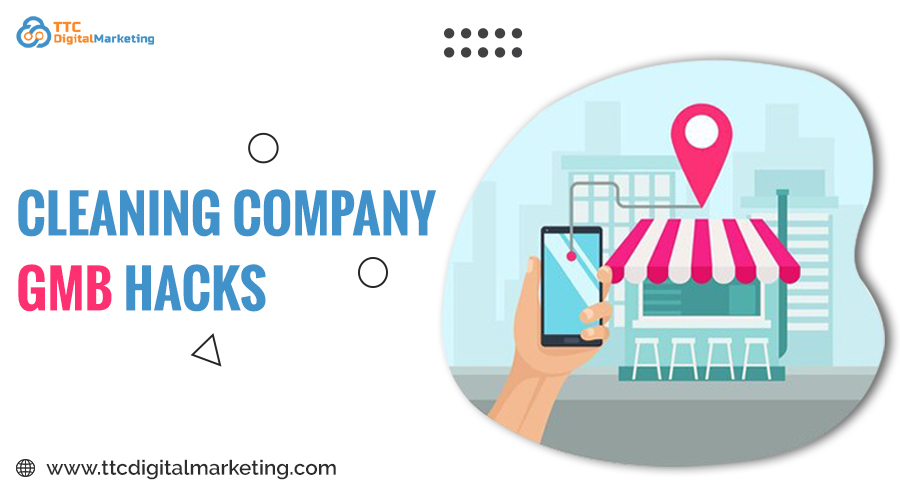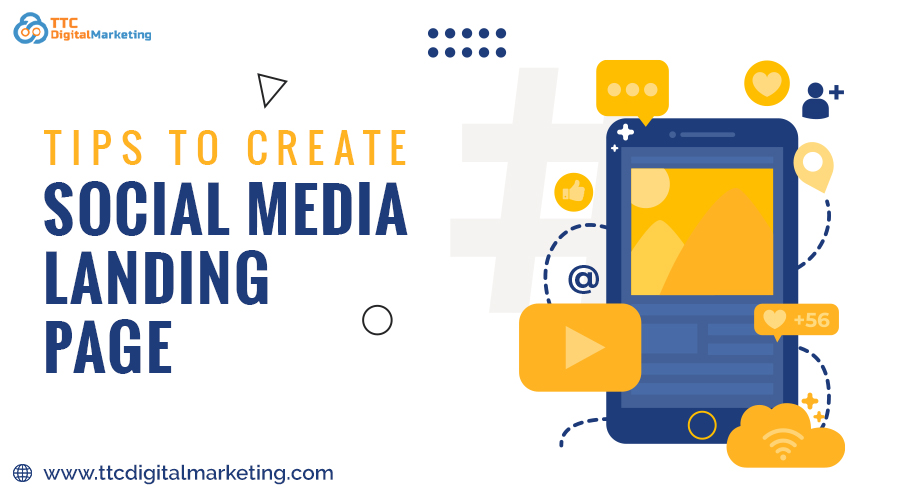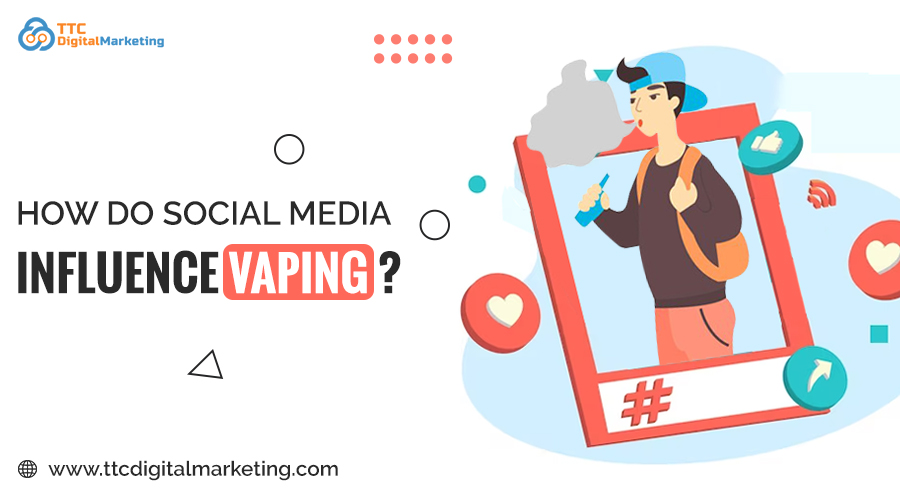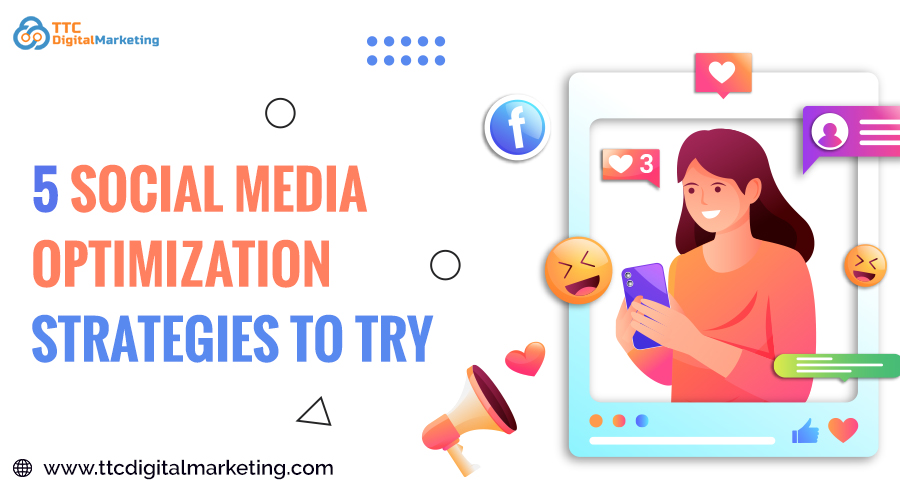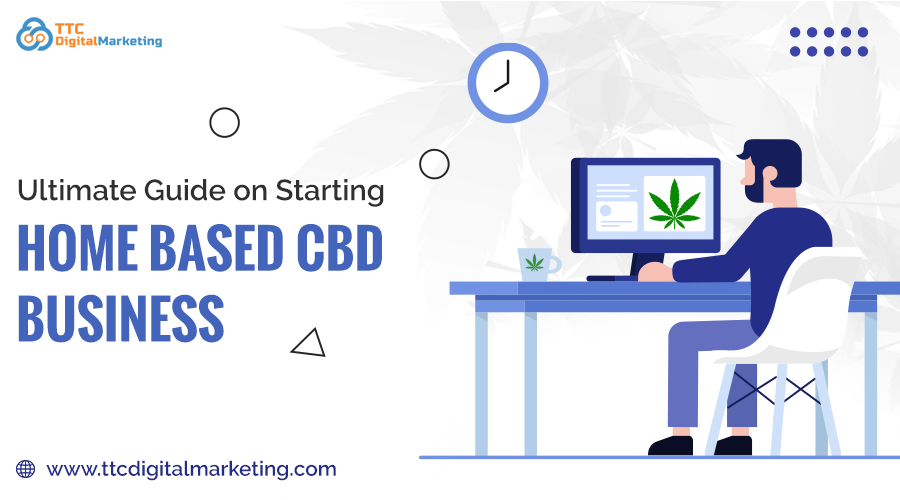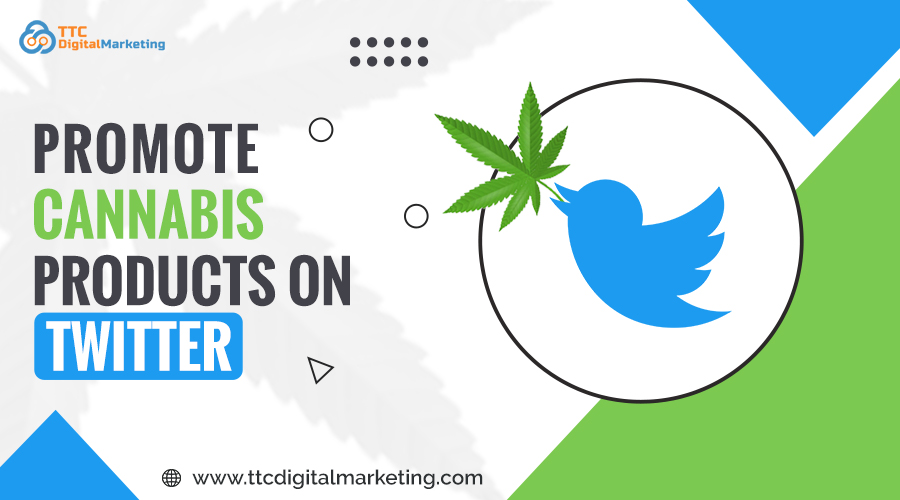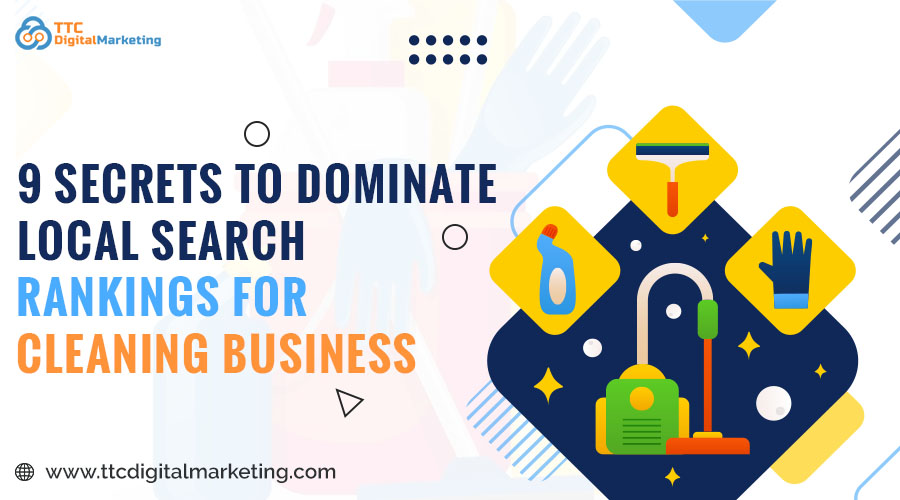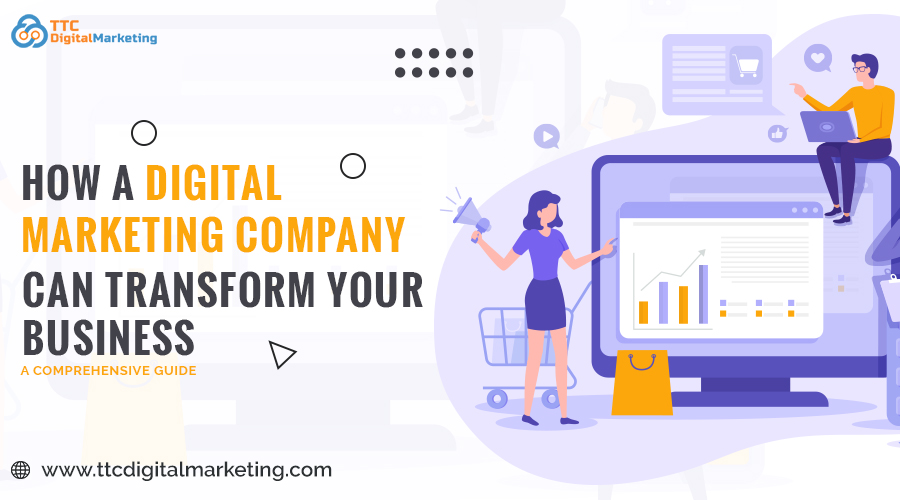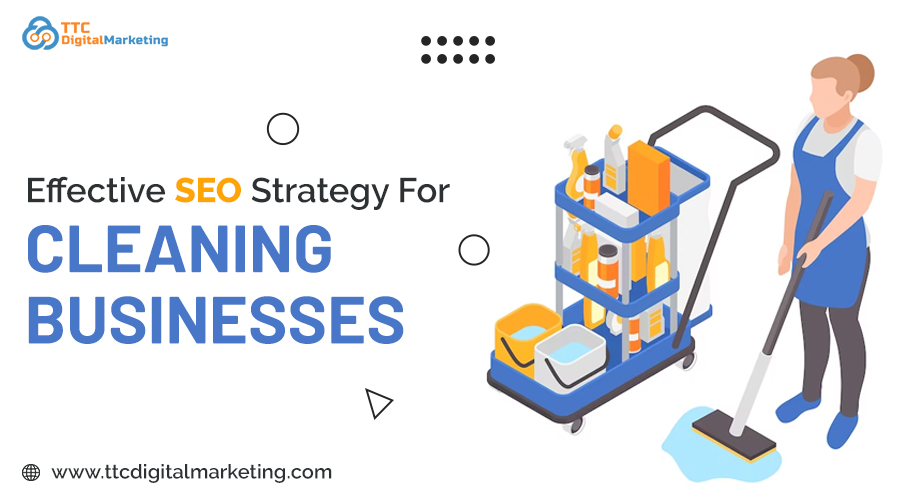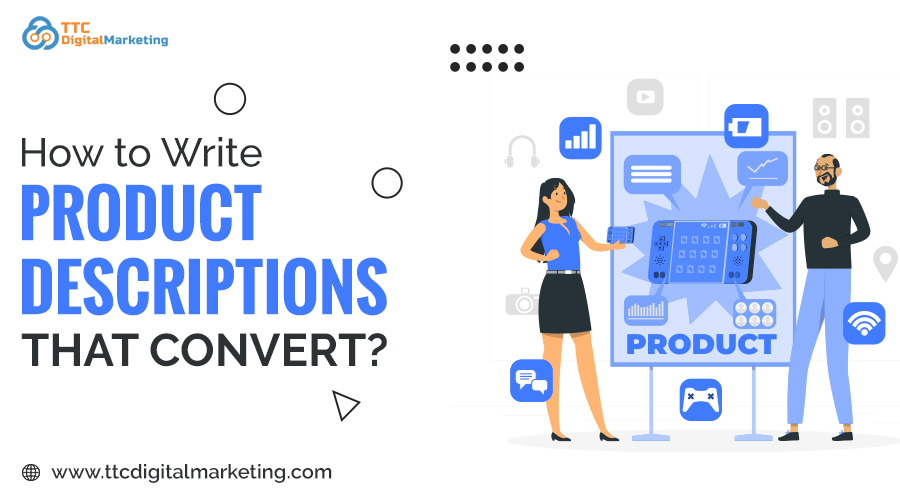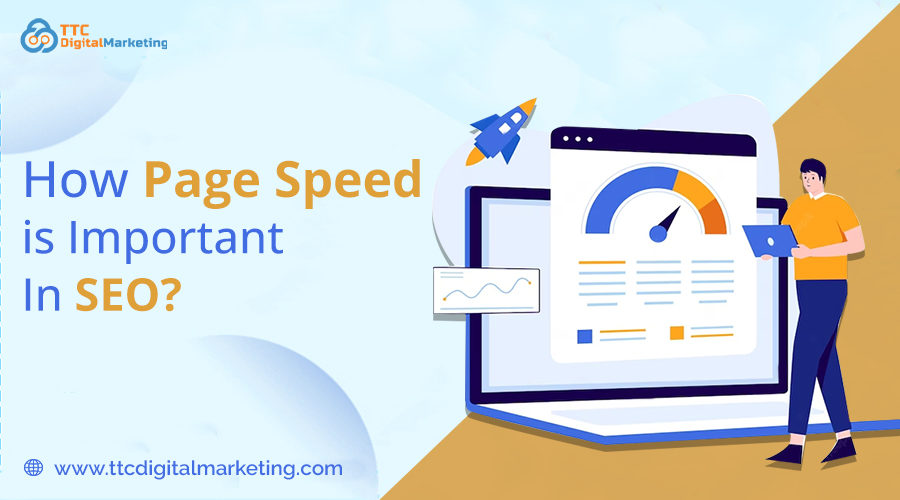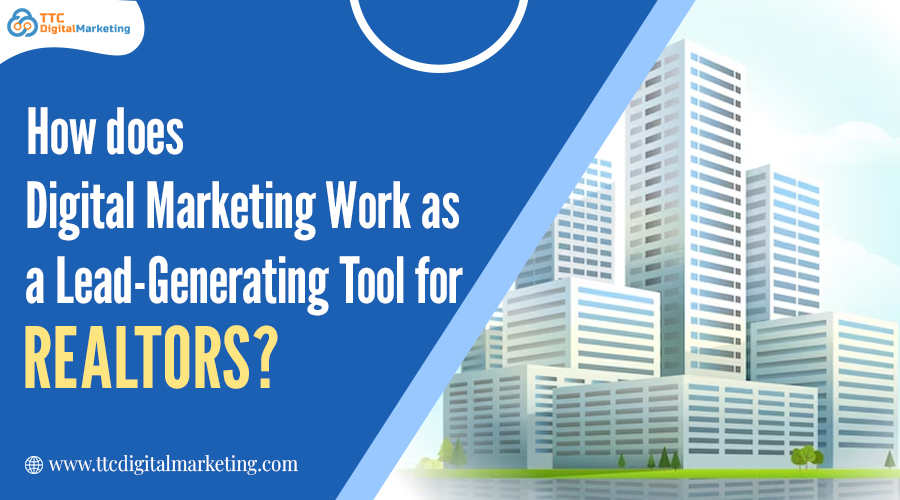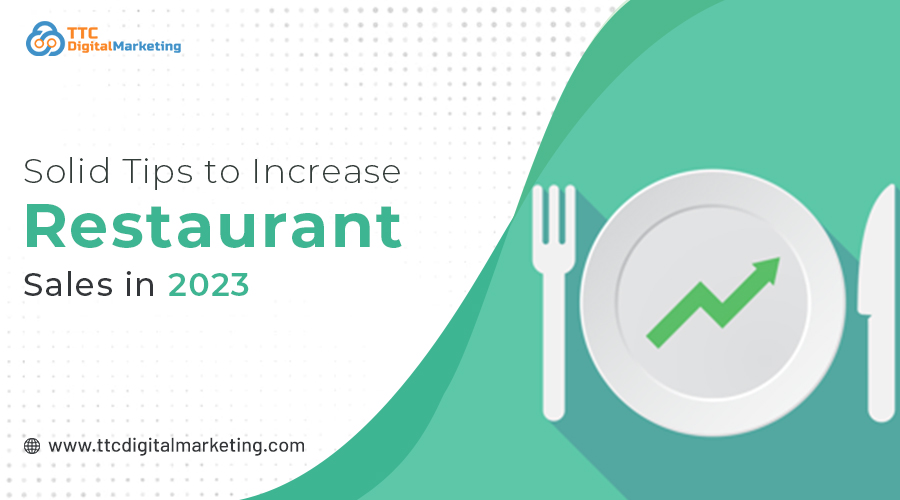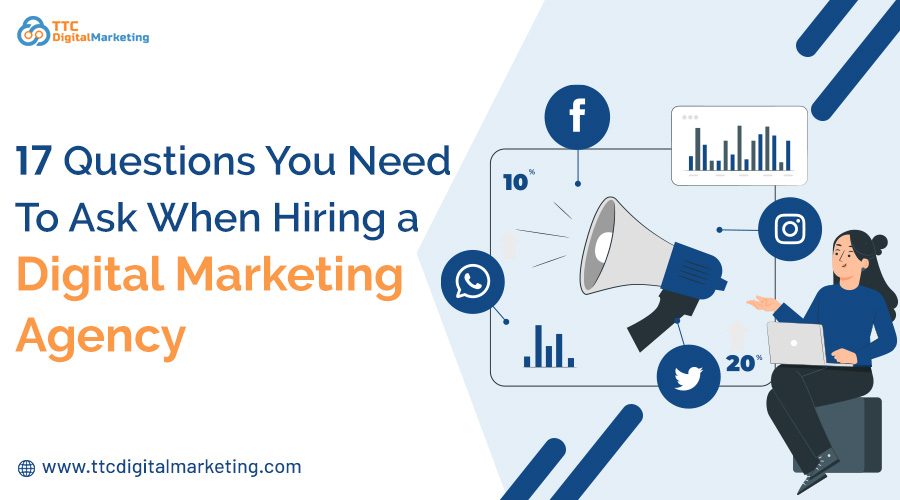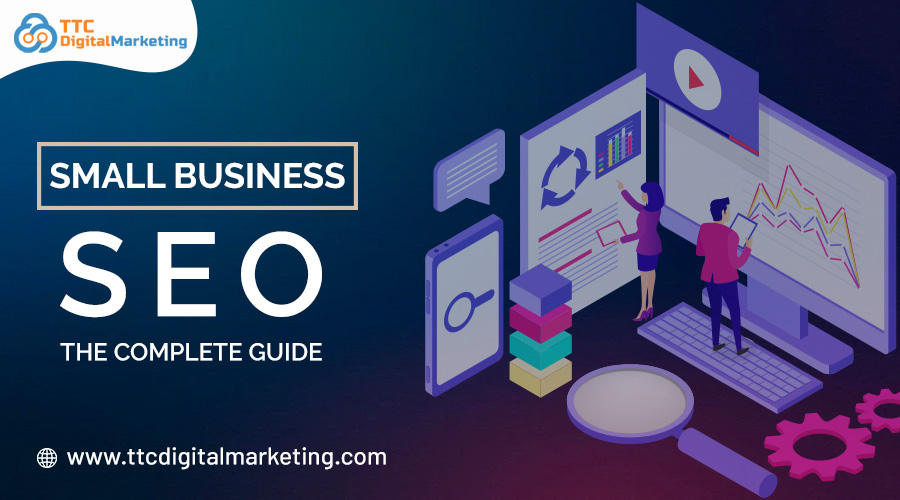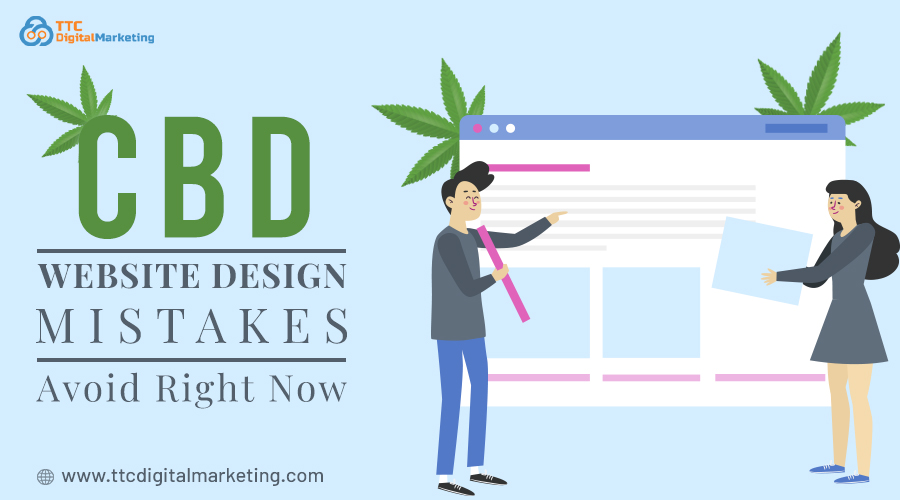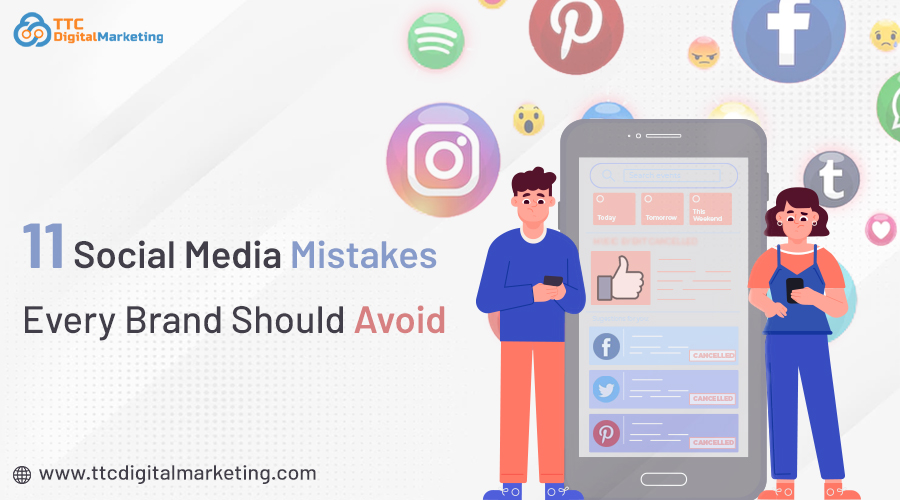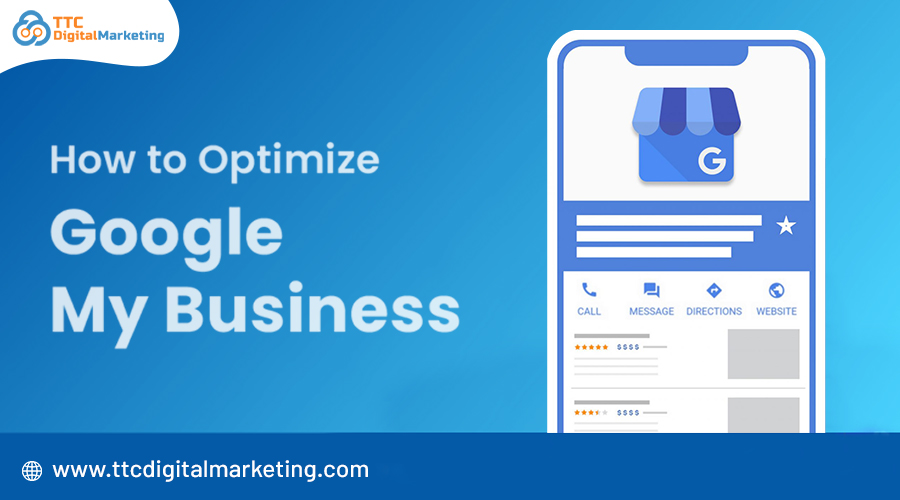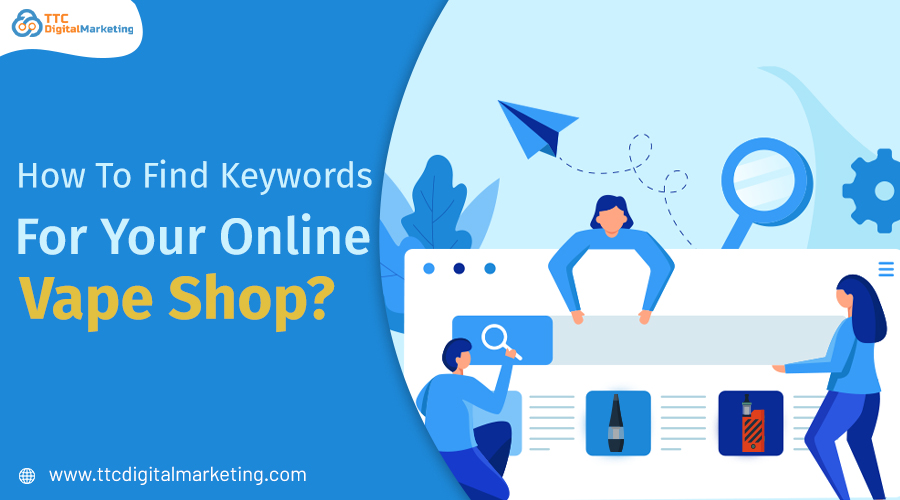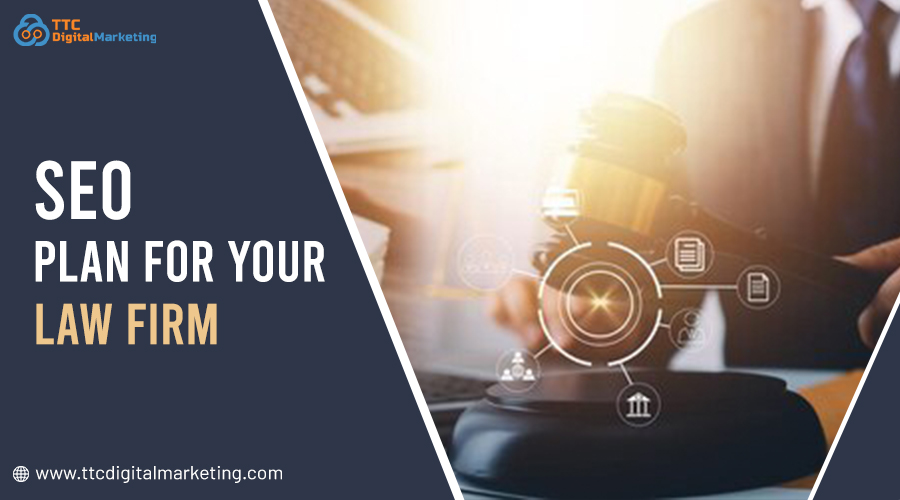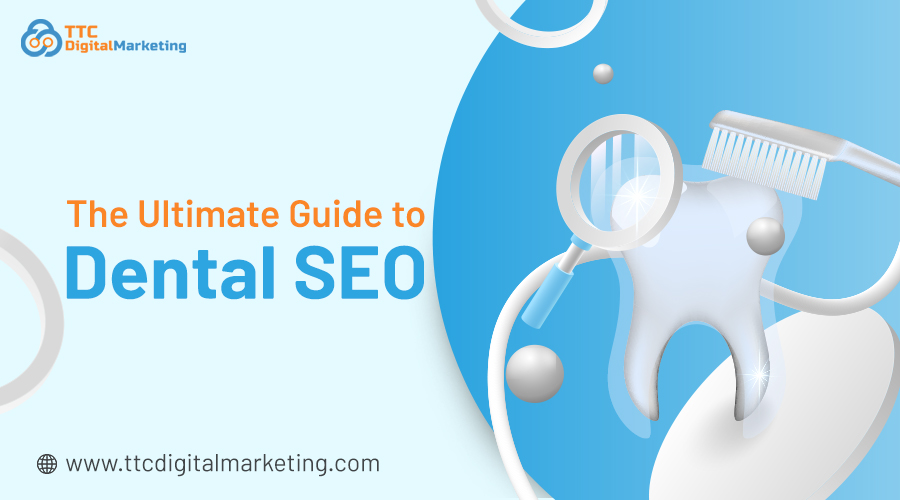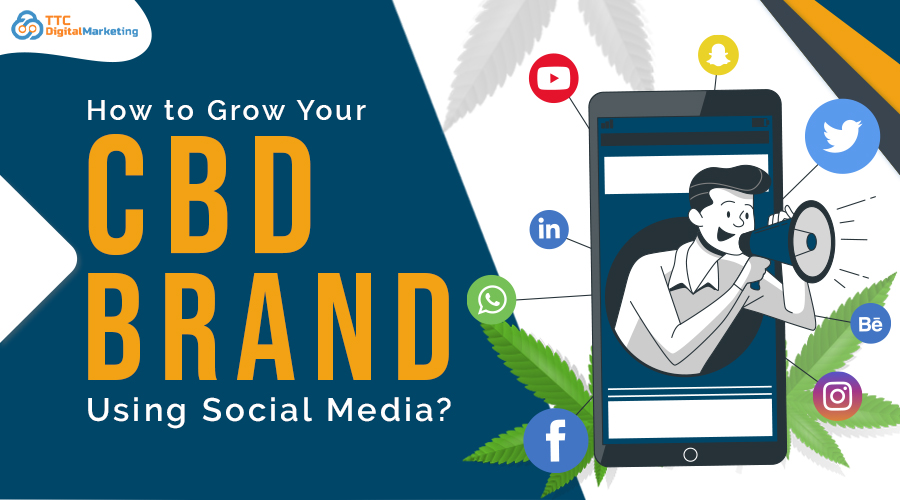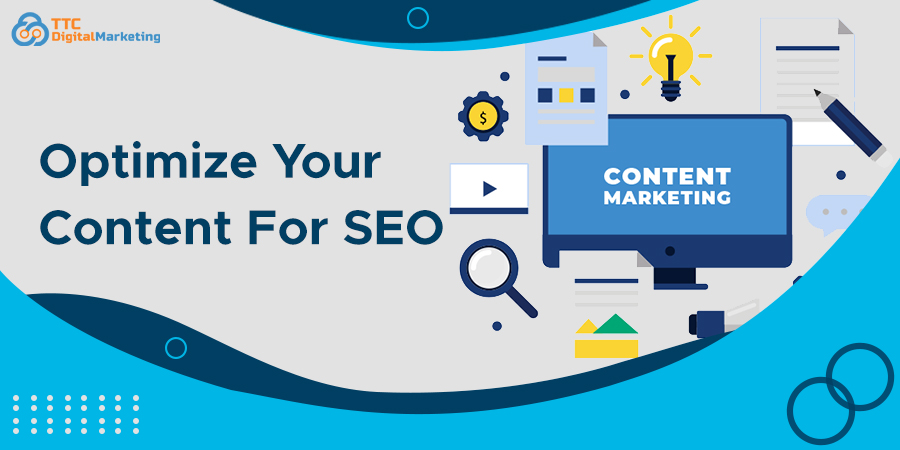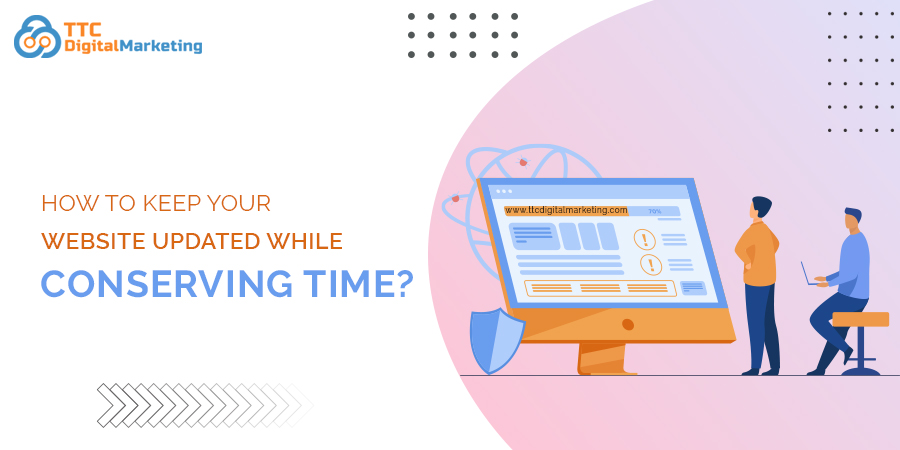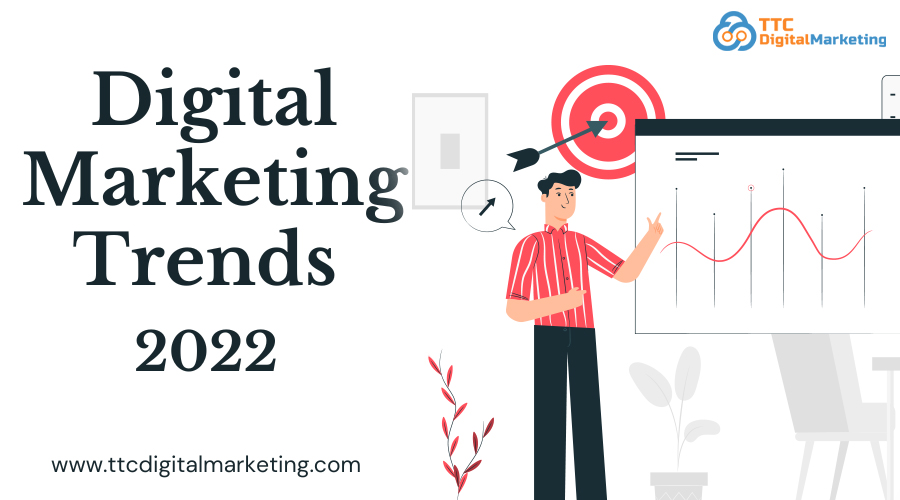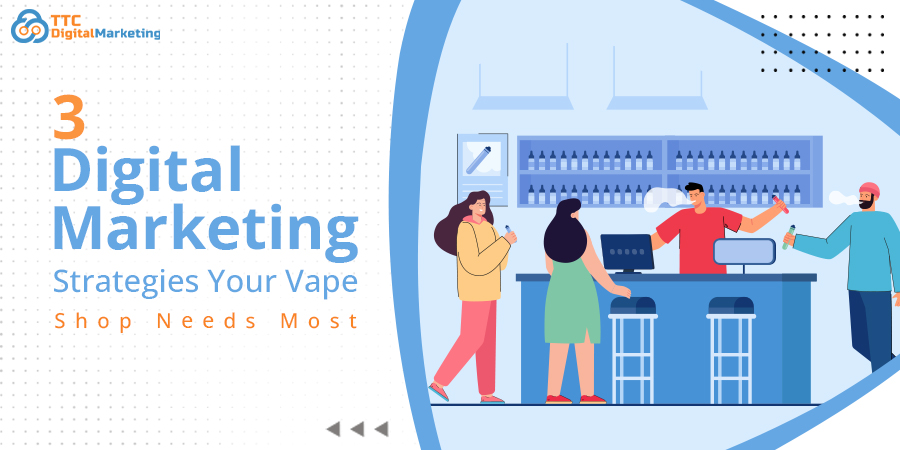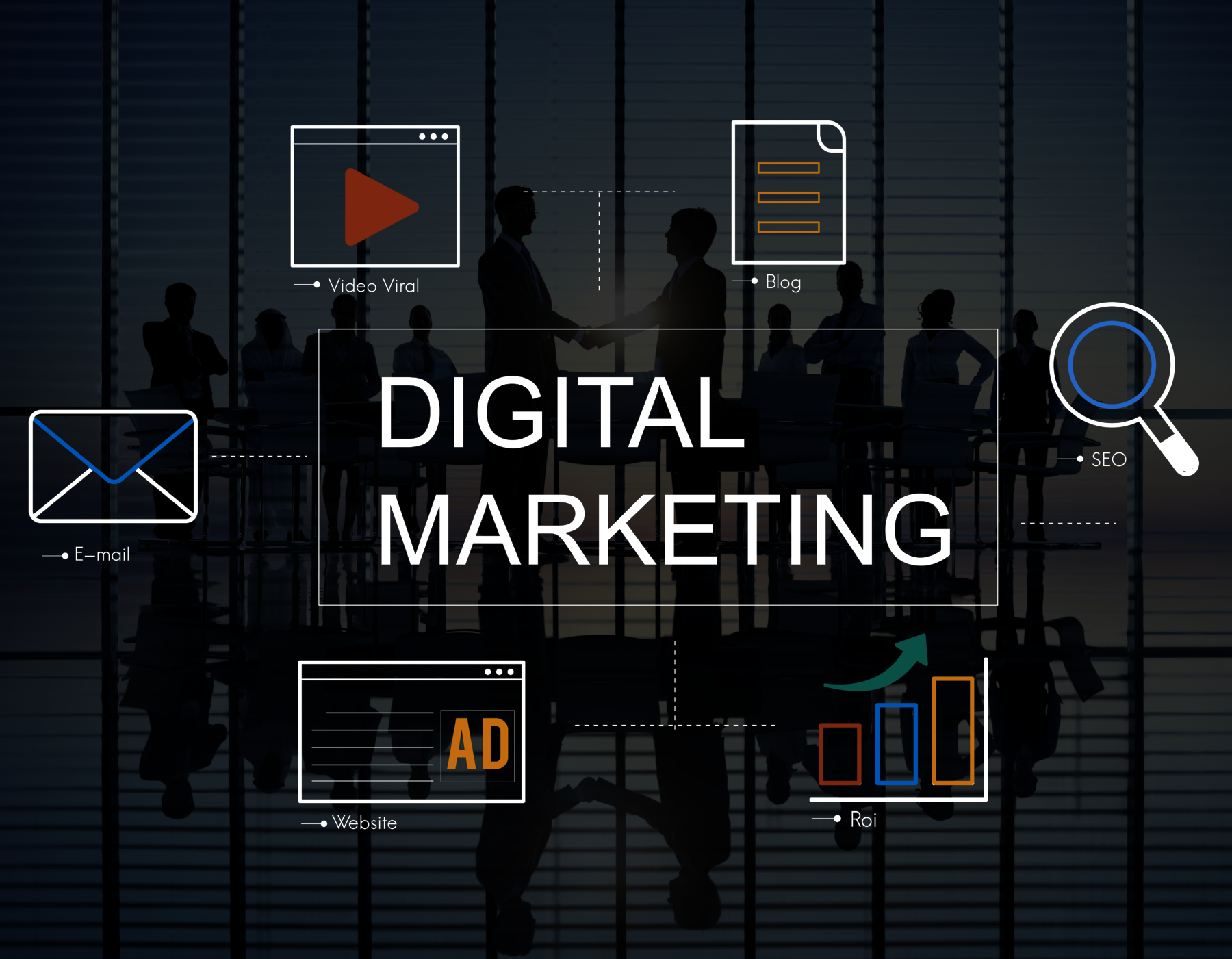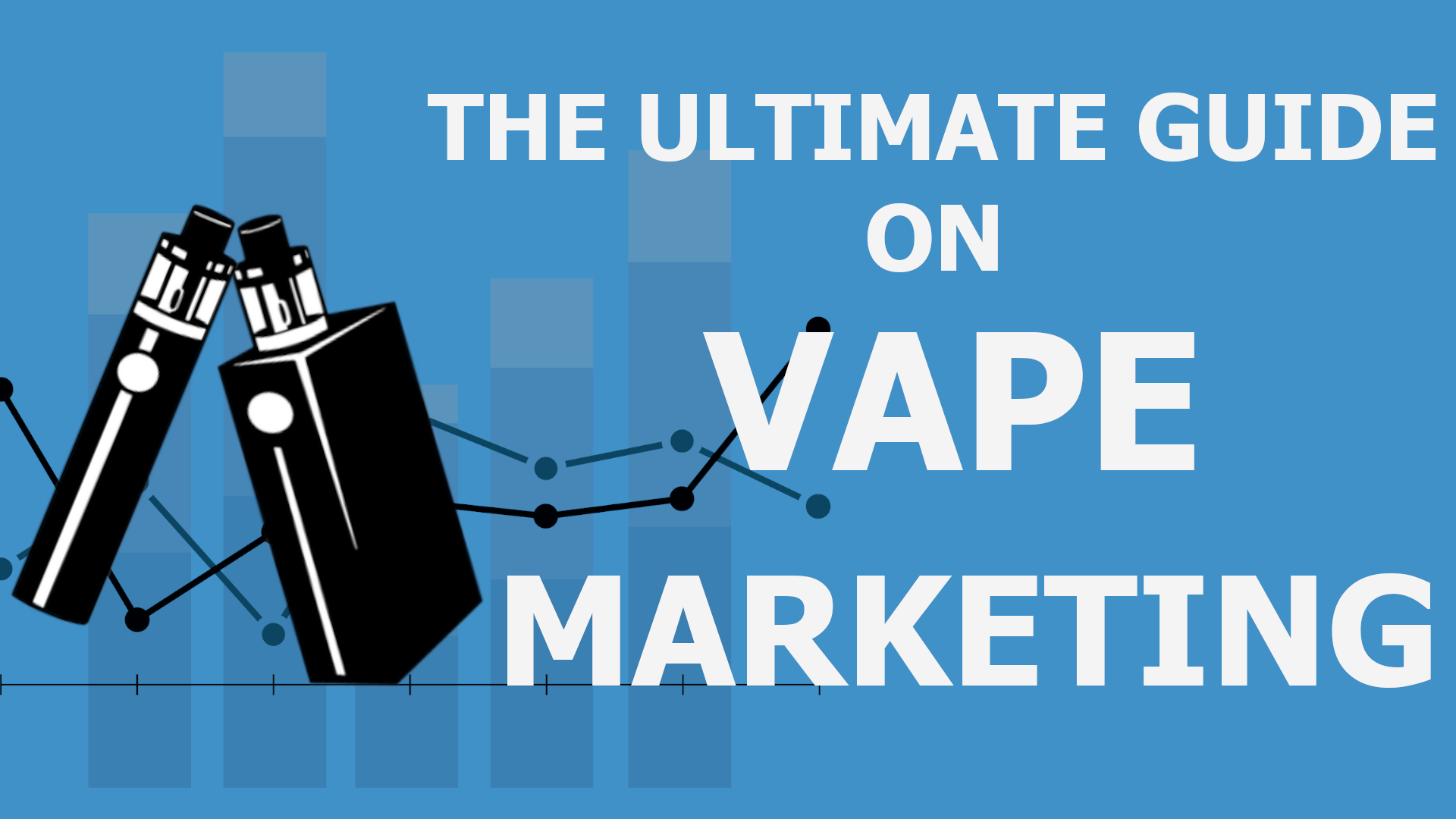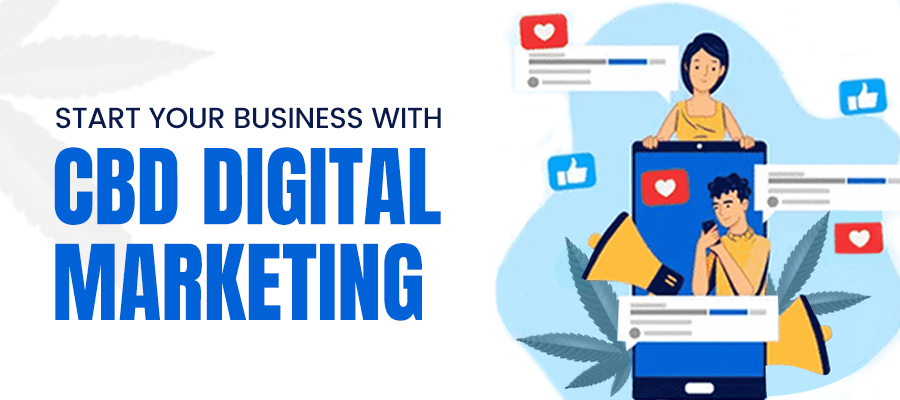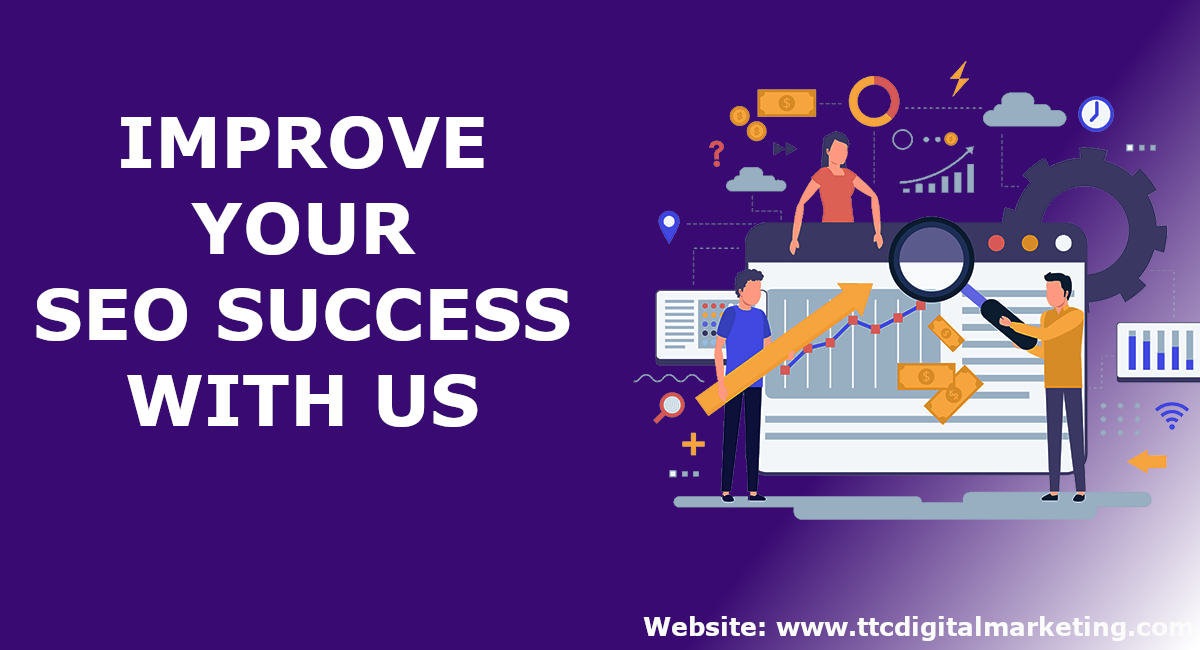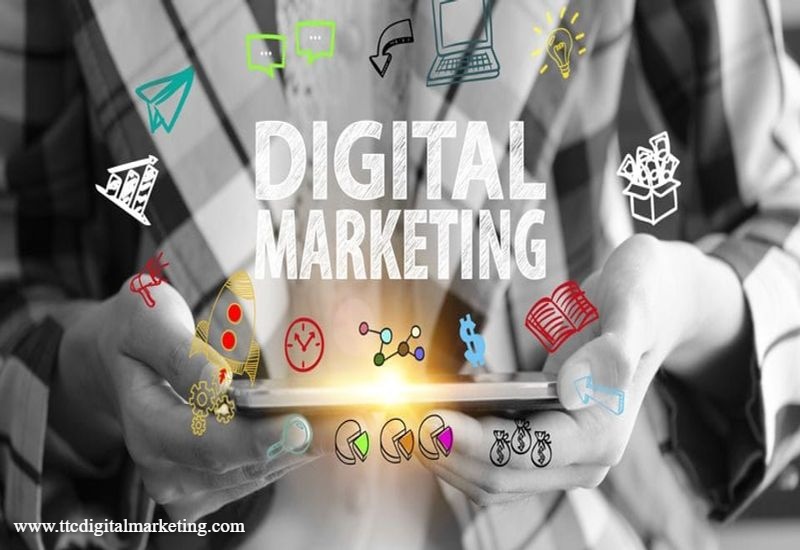Businesses are operating to capture the audiences to sell their services and products. Marketing is one of the most indispensable tools in the business world that grabs the customer’s attention. In real-world scenario, there are mainly two types of marketing methods that captivate customers to propagate the promotional activities of the business. Understanding the difference between traditional marketing and digital marketing is crucial for companies aiming to strategize effectively.
Traditional marketing entirely depends on billboards, radio, commercial ads, print ads, and so on. The extensive reach of these channels is beneficial for mass marketing. Though, in this rapidly evolving era of digital technology, digital marketing replaces the traditional marketing scope by incorporating the digital power of search engines, social media campaigns, email campaigns, Google My Business, and many more. Marketers leverage these options to target distinct demographics and user subsets accurately. By 2026, digital advertising is expected to reach $786.2 billion, which shows the rising demand and significance of e-marketing in the market (Source).
Traditional Marketing: Definition & Characteristics
Traditional Marketing basically follows some old-school approaches to promote products and services to the customers. This type of marketing followed for decades and entirely depended on offline channels to reach audiences. This method of marketing is palpable in nature, by which businesses can directly preach their message to audiences without getting immediate feedback from the consumers.
Conventional Marketing Approaches
Traditional marketing remains a powerful tool for reaching a wide audience through established channels. Below are some of the most prominent traditional marketing examples that illustrate the core methods businesses have used for decades:
- Print Advertising– This includes promotional content featured in newspapers, magazines, brochures, and other printed publications. These traditional marketing examples rely on visually engaging layouts to capture readers’ attention.
- Television and Radio Spots– Refers to commercial spots aired on television and radio. These traditional marketing examples are effective for delivering persuasive messages to mass audiences quickly.
- Phone-Based Outreach– Involves reaching out to potential customers via phone calls to introduce or sell a product or service. This direct, voice-based approach is a classic traditional marketing example used to build personal connections.
- Mailbox Marketing Materials– Encompasses unsolicited promotional materials like flyers, catalogs, and postcards sent straight to consumers’ mailboxes. Often dubbed “junk mail,” these traditional marketing examples aim to generate interest through tangible, physical media.
Essentials of Traditional Marketing
While marketing continues to evolve rapidly in the digital age, understanding the key traits of traditional methods offers valuable insights into how the future of marketing is being shaped. Below are four defining characteristics of traditional marketing:
- Linear Communication– Traditional marketing relies on one-way messaging, providing no opportunity for the audience to interact, question, or share feedback.
- Offline Media – It focuses on non-digital channels such as TV, radio, newspapers, and billboards to reach a broad audience offline.
- Physical Materials – Posters, brochures, and flyers are used for promotion, though the future of marketing favors virtual, engaging content formats instead.
- Higher Cost – Campaigns often involve large budgets for production, broadcasting, and physical distribution, making them costly compared to digital alternatives.
Despite being seen as conventional and old-fashioned, traditional marketing methods still offer meaningful benefits for specific types of businesses. Below is a list of the major advantages and disadvantages:
Pros of Traditional Marketing
These advantages demonstrate why traditional marketing remains effective for certain audiences and industries, especially when building trust and reaching offline consumers.
- Builds Lasting Customer Connections – Helps nurture strong, personal relationships with consumers through face-to-face or offline interactions.
- Reaches a Broad Demographic – Allows marketers to effectively communicate with people across all age brackets, especially those less engaged with digital platforms.
- Boosts Brand Credibility – Traditional channels are often viewed as more trustworthy, enhancing consumer confidence in the brand.
- Strengthens Brand Identity – Consistent offline visibility can reinforce a brand’s presence and increase its perceived value over time.
- Ideal for Offline Consumers – Particularly effective in reaching individuals who aren’t active online, offering direct contact points.
- Widespread Market Influence – Offers mass reach through media like television and print, which are among the most recognized traditional marketing examples.
Cons of Traditional Marketing
Despite its strengths, the disadvantages of traditional marketing make it less adaptable and measurable compared to modern digital strategies.
- Limited Personalization Options – Hard to tailor messages to individual preferences, unlike digital strategies. This highlights the difference between traditional marketing and digital marketing.
- Challenges in Measuring Results – Tracking the effectiveness of print ads or TV commercials is far less precise compared to digital analytics tools.
- High Operational Costs – Production and distribution expenses for print and broadcast campaigns can be significantly more than digital alternatives.
- Geographic Reach Constraints – Most campaigns are confined to specific areas unless budgets allow for expansive coverage, limiting scalability.
Digital Marketing: Definition & Characteristics
Digital marketing is the marketing technique that incorporates various digital channels, technologies, and social platforms to promote the products and services of the business. This is the most-targeted and budget-friendly method of marketing that enables the business to reach their desired audience. This marketing strategy mainly leverages internet and electronic gadgets to promote the services of specific businesses to the extensive consumers. It features real-time data analytics, high-grade customization, and contextual advertising that makes customers more engaged in the process.
Digital Marketing Approaches
Understanding digital marketing examples helps highlight the unique features that make digital strategies more dynamic, cost-effective, and audience-focused in today’s landscape.
- Interactive Communication Channels – Digital marketing allows two-way interaction, enabling brands to receive direct feedback and engage audiences, overcoming disadvantages of traditional marketing like one-sided messaging.
- Utilization of Digital Platforms – Employs various internet-based channels such as social media, search engines, websites, email, and apps to reach and target customers effectively.
- Rich Multimedia Engagement – Incorporates diverse content formats including videos, images, and infographics to captivate and retain user attention across multiple digital touchpoints.
- Cost-Effective Advertising – Typically less costly than traditional methods due to broader advertising options and lower overheads, addressing some disadvantages of traditional marketing related to expenses.
While digital marketing provides speed and adaptability, it also comes with its unique benefits and challenges. Explore the pros and cons below to make informed choices:
Pros of Digital Marketing
The benefits of digital marketing highlight why it’s a preferred choice for many modern businesses looking to reach wider, more targeted audiences effectively.
- Adaptable Marketing Strategies – Digital tools offer immense flexibility, allowing real-time changes to campaigns based on audience response and performance data.
- Engaging Two-Way Interaction – Encourages conversation between businesses and users, addressing the difference between traditional marketing and digital marketing, which often lacks direct engagement.
- Budget-Friendly Promotion – Online marketing is typically more affordable, offering scalable advertising solutions to suit various business sizes and goals.
- Insight-Driven Campaigns – Access to real-time data allows companies to make smart, performance-based decisions for campaign optimization and growth.
- Global Reach Potential – With no added distribution costs, digital campaigns can easily reach international audiences from a single platform.
- Precision Audience Targeting – Enables hyper-targeting based on user behavior and preferences something difficult to achieve using traditional marketing examples like billboards or radio ads.
Challenges of Digital Marketing
Despite its many advantages, digital marketing has its drawbacks, which businesses must understand and address to execute effective and balanced strategies.
- Limited Rural Penetration – Online marketing tends to work best with urban, digitally literate audiences, often leaving rural markets underserved.
- Ad Avoidance Behavior – Many users utilize ad-blockers or skip digital ads entirely, making visibility more difficult in certain online environments.
- Complex Conversion Path – Turning interest into sales can be non-linear, requiring multiple touchpoints and a well-structured digital funnel.
- Requires Digital Expertise – Interpreting data, managing tools, and optimizing campaigns demand professionals skilled in digital strategy and analytics.
| Parameter | Difference | Evidence |
|---|---|---|
| 1. Communication Channels | Digital marketing uses online tools like websites and apps, while traditional marketing uses offline platforms such as billboards and newspapers. | Billboard market to reach $32.22B by 2030 (CAGR 7.9%) |
| 2. Budget Effectiveness | Digital strategies offer scalable and cost-controlled options, unlike traditional methods with high upfront costs. | – |
| 3. Audience Precision | Digital campaigns target specific user profiles; traditional marketing reaches broader audiences with less precision. | Example: Facebook ads can target by age/interest/location |
| 4. Engagement Approach | Digital marketing enables real-time interaction through likes and messages; traditional marketing is one-way communication. | 90% of marketers use social media (DMI, 2024) |
| 5. Performance Metrics | Digital ads offer real-time performance metrics; traditional ads rely on estimates. | Only 53% of decisions are influenced by analytics (Gartner, 2022) |
| 6. Global vs Local Scope | Digital marketing has global reach; traditional methods are region-specific. | Digital = global reach; Traditional = localized |
| 7. Campaign Flexibility | Digital allows quick edits; traditional campaigns are rigid and scheduled in advance. | Digital = real-time edits, Traditional = pre-scheduled |
| 8. Content Versatility | Digital content includes videos and interactive media; traditional relies on static formats like flyers and banners. | Dynamic digital formats vs. static print or billboards |
| 9. Feedback Timeliness | Digital channels provide instant feedback; traditional responses are delayed and harder to measure. | $75B lost due to poor customer service annually (Zippia) |
| 10. Duration & Impact | Digital content can remain online indefinitely; traditional ads have a limited time span. | Digital content = evergreen; Traditional = fixed time slot |
Which One is Better?
Choosing between online vs offline marketing depends on your audience and goals. Digital marketing offers cost-effective targeting, real-time analytics, and broad reach—ideal for engaging specific demographics through platforms like social media, as seen in Tesla’s success. Conversely, traditional methods such as print ads or radio are better for local or older audiences. Each serves a purpose, so understanding your market is key. The best strategy blends both to maximize impact based on where your audience is most active.
Final Thoughts
Choosing between online vs offline marketing isn’t about declaring a winner, it’s about knowing your audience and your goals. Digital strategies offer affordability, precise targeting, and real-time analytics, making them ideal for businesses wanting to expand their reach. On the other hand, offline marketing still holds power, especially for local or older demographics. The best approach often combines both methods to maximize impact. If you’re unsure how to begin or refine your strategy, The Tech Clouds (TTC) is here to help.
Reach out to TTC for expert digital marketing assistance tailored to your business. Let your marketing work smarter, not just harder.
Frequently Asked Questions
What are the types of digital marketing?
Digital marketing includes SEO, content marketing, social media, email marketing, affiliate marketing, influencer marketing, mobile marketing, and PPC advertising. Each type focuses on engaging audiences across various digital platforms.
What is SEO in marketing?
SEO (Search Engine Optimization) is a strategy to improve a website’s visibility on search engines like Google, driving organic traffic through keyword optimization, content quality, and technical improvements.
Is digital marketing more costly than traditional marketing?
No, digital marketing is generally more cost-effective than traditional methods. It allows for better budget control, measurable results, and higher ROI by targeting specific audiences more efficiently online.
How do traditional marketing and digital marketing differ in terms of reach and targeting?
Traditional marketing targets broader, less specific audiences using mass media. Digital marketing enables precise targeting and global reach using data-driven tools like demographics, behavior, and location for tailored messaging.
